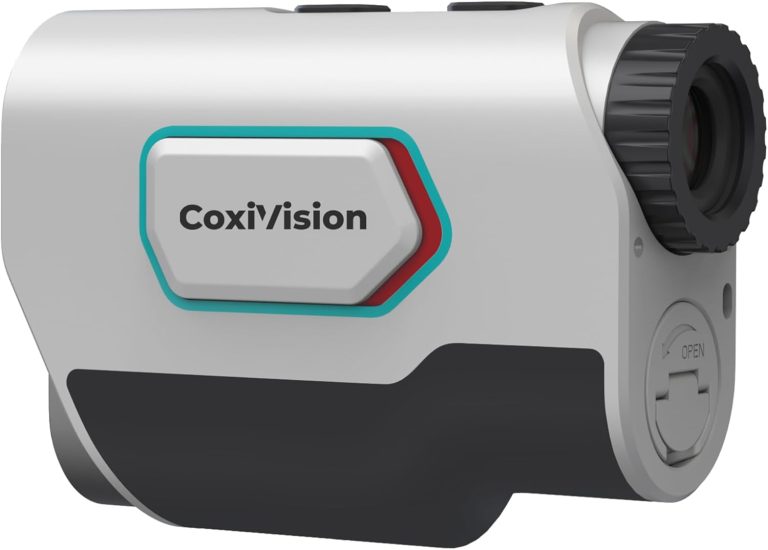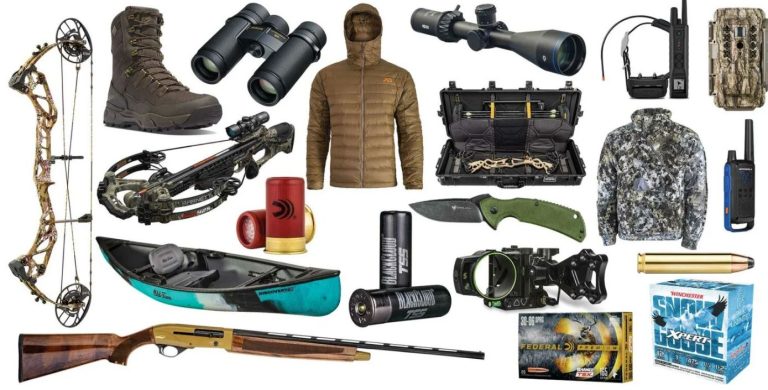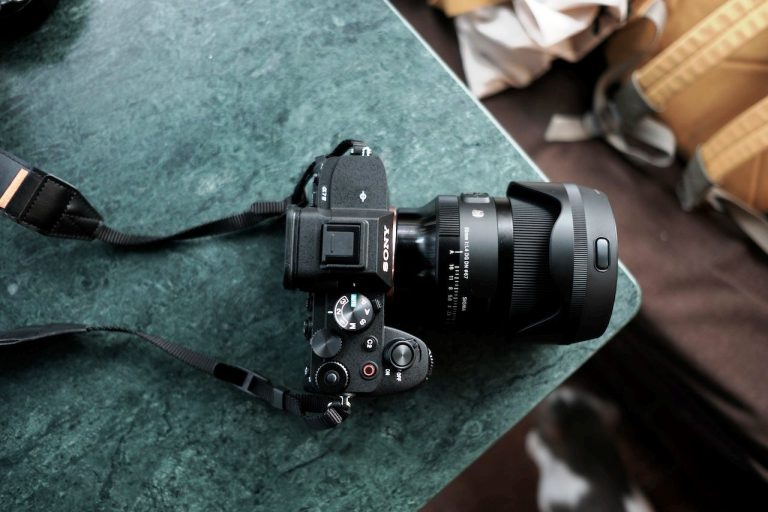Introduction:
In the United States, waterfowl hunting is a well-liked and thrilling activity that draws sportsmen from all backgrounds. To guarantee the protection of waterfowl species, it is crucial to adhere to rules and laws. The kind of shotgun pellets permissible for waterfowl hunting is an important factor to consider. In this extensive guide, we will examine the permitted shotgun pellets for waterfowl hunting in the United States, giving you a thorough grasp of the laws and the justifications behind them.
Shotgun pellets that have been approved are essential for waterfowl hunting.
Waterfowl shooting requires the use of certified shotgun pellets for several reasons. It primarily assures moral and compassionate waterfowl harvesting while reducing needless suffering. Additionally, authorized pellets are made to safeguard non-target species, conserve wetland habitats, and limit environmental harm from lead exposure.
Lead to nontoxic shot transition:
There has been a sizable transition from lead shots to nontoxic substitutes in waterfowl shooting. This change was largely motivated by environmental concerns since lead shot consumption poses a serious risk to waterfowl species, particularly when they eat tainted food or discarded pellets from the bottom of bodies of water. The US Fish and Wildlife Service (USFWS) put laws mandating hunters to use nontoxic shots for waterfowl shooting to address this problem.
Check Waterfow Hunting Accessories on Amazon
Licensed Nontoxic Shotgun Pellets:
To provide a more secure environment for both sportsmen and animals, the USFWS has certified several nontoxic pellets for waterfowl hunting. Some often accepted substitutes include:
a) Steel Shot: Steel shot is the most popular nontoxic pellet for waterfowl hunting. It is reasonably priced, widely accessible, and efficient over short distances. However, compared to a lead shot, its effective range is constrained by the hardness of the material’s tendency to lose energy fast.
b) Bismuth shot: Bismuth shot is a viable alternative to lead due to its comparable ballistic characteristics. Compared to steel shot, it exhibits greater density and increased efficacy over a broader range of distances. However, it incurs a higher cost compared to steel.
c) Tungsten Shot: This expensive, nontoxic substitute has exceptional penetration and range capabilities. It has tremendous knockout power since it is denser than bismuth and steel and has a higher density. However, the tungsten shot is more expensive than the others.
d) Tungsten-Nickel-Iron Shot: This kind of shot for waterfowl hunting combines the benefits of tungsten and iron while staying nontoxic and affordable. It is a preferred option among hunters since it has a strong penetration, energy retention, and range.
Measurement and Pellet Size Limitations:
For waterfowl hunting, there are constraints on gauge and pellet size in addition to the material composition. Shotguns used for waterfowl hunting must be 10, 12, 16, 20, 28, or.410 gauge, according to USFWS regulations. Additional restrictions on pellet size, often ranging from #2 to #BBB, are in place to promote moral and efficient hunting while lowering the possibility of over wounding or overkill.
The advantages and difficulties of nontoxic shotgun pellets:
There are various advantages to using nontoxic shotgun pellets for hunting waterfowl. The first benefit is that it lessens the possibility of lead pollution of water bodies, safeguarding both waterfowl and other animal species. In addition to promoting cleaner and healthier wetland ecosystems, nontoxic shot reduces lead’s negative environmental effects. Additionally, since several nontoxic choices are available, hunters may select the pellets that best suit their interests and hunting methods.
However, using a nontoxic shot comes with certain difficulties. Some hunters contend, for instance, that a steel shot may not have as much knockout force as a lead shot. Nontoxic shot, however, now performs substantially better because of developments in ammunition technology, providing a competitive option. To enhance the impact of nontoxic pellets, hunters must modify their shooting skills, such as aiming at crucial regions.
Guidelines and Observance:
To guarantee the sustainability of waterfowl populations and their habitats, compliance with restrictions regulating shotgun pellets for waterfowl hunting is essential. Hunters are responsible for being aware of the specific regulations that federal and state agencies implement. The USFWS regularly updates and revises these rules to reflect advancements in weapons technology and cutting-edge scholarly research.
Ethics-Related Matters:
When choosing shotgun pellets for waterfowl hunting, ethical considerations must always come first as ethical hunters. Using nontoxic shots encourages a more compassionate harvest and lessens ducks’ possibility of suffering from lead poisoning. Hunting enthusiasts support the long-term preservation of waterfowl populations and their habitats by selecting nontoxic pellets deemed safe and abiding by the rules.
Conclusion:
For the protection of waterfowl species and the ethical pursuit of this thrilling activity, it is essential to comprehend the shotgun pellets that are permitted for use in the United States. Hunters may support conservation efforts while taking part in satisfying and sustainable hunting by adhering to the rules and using nontoxic shots.















